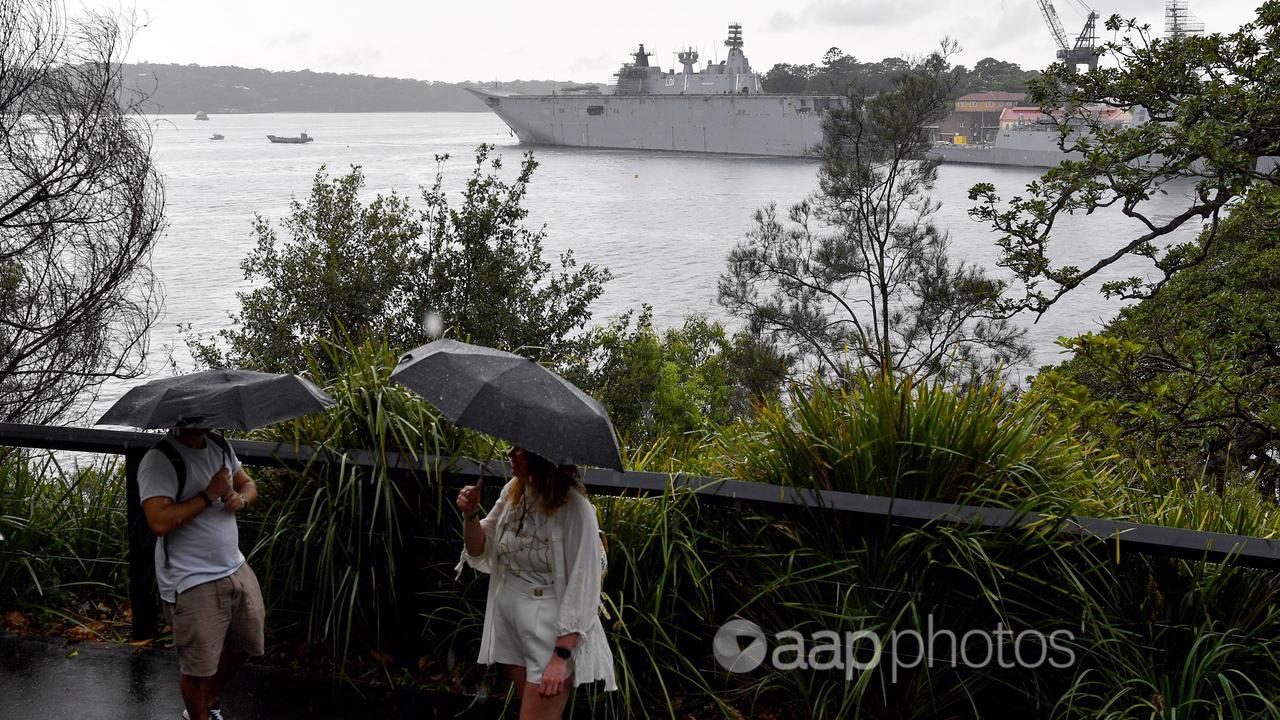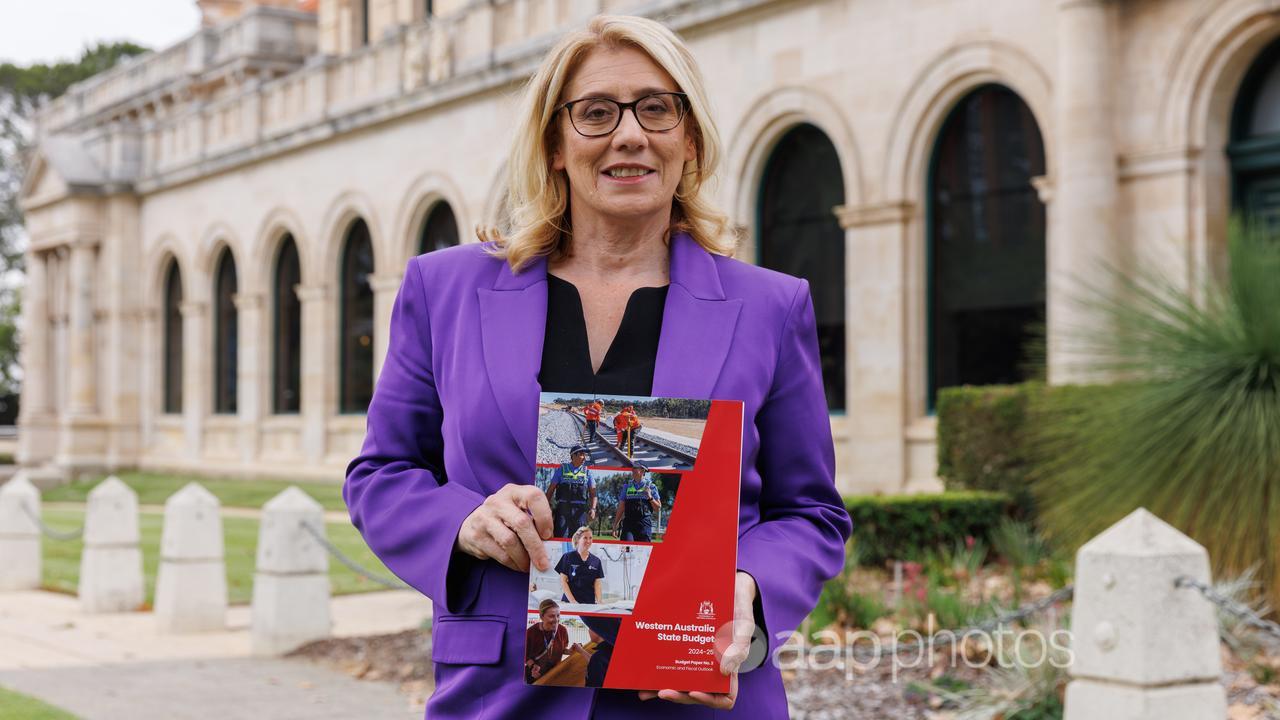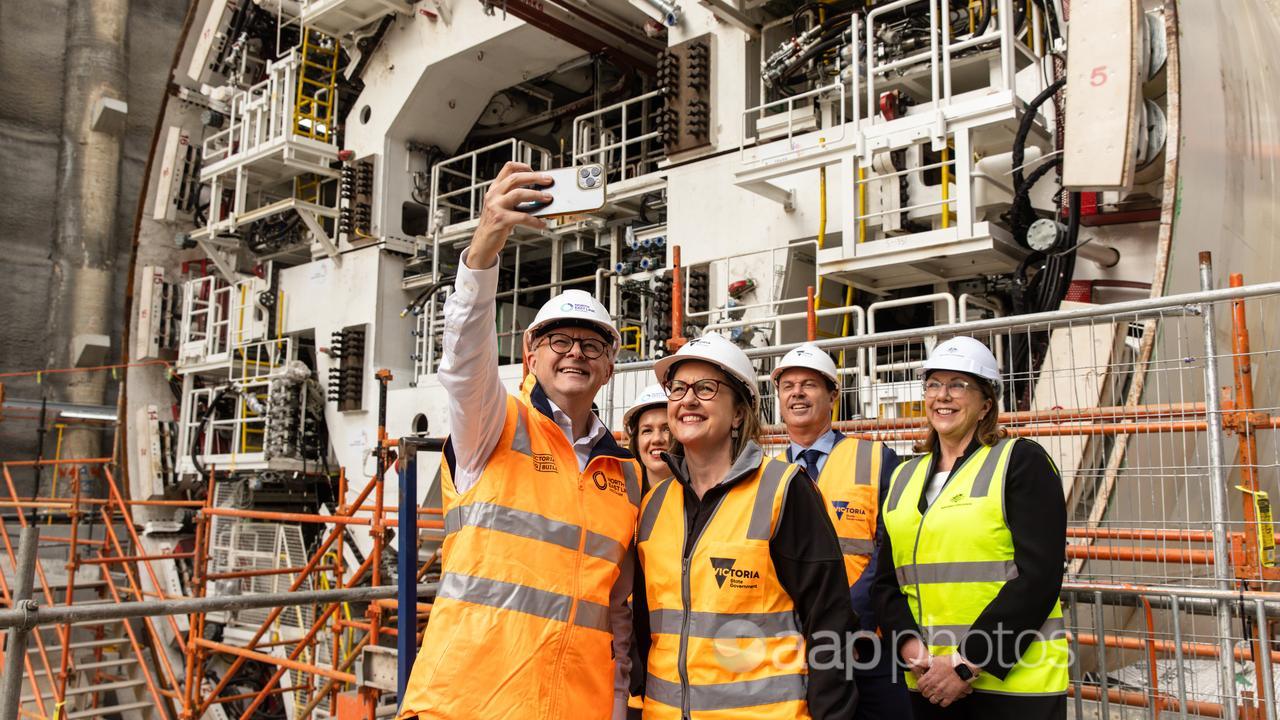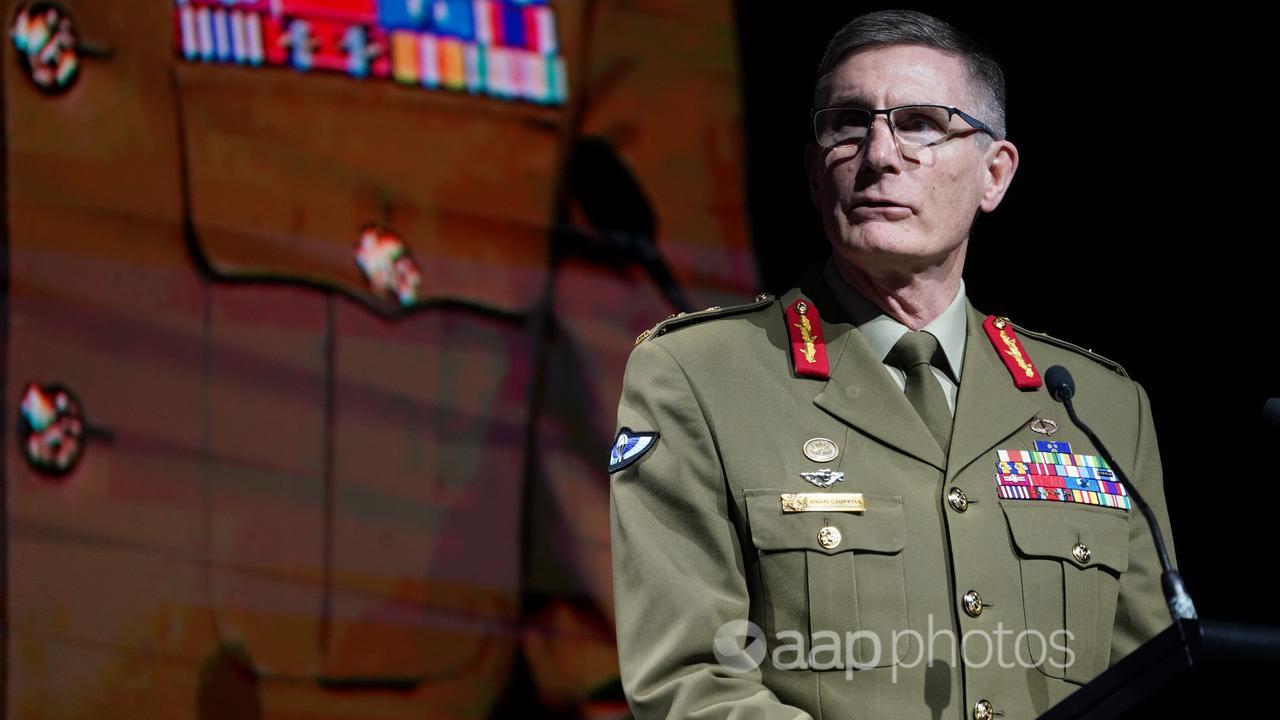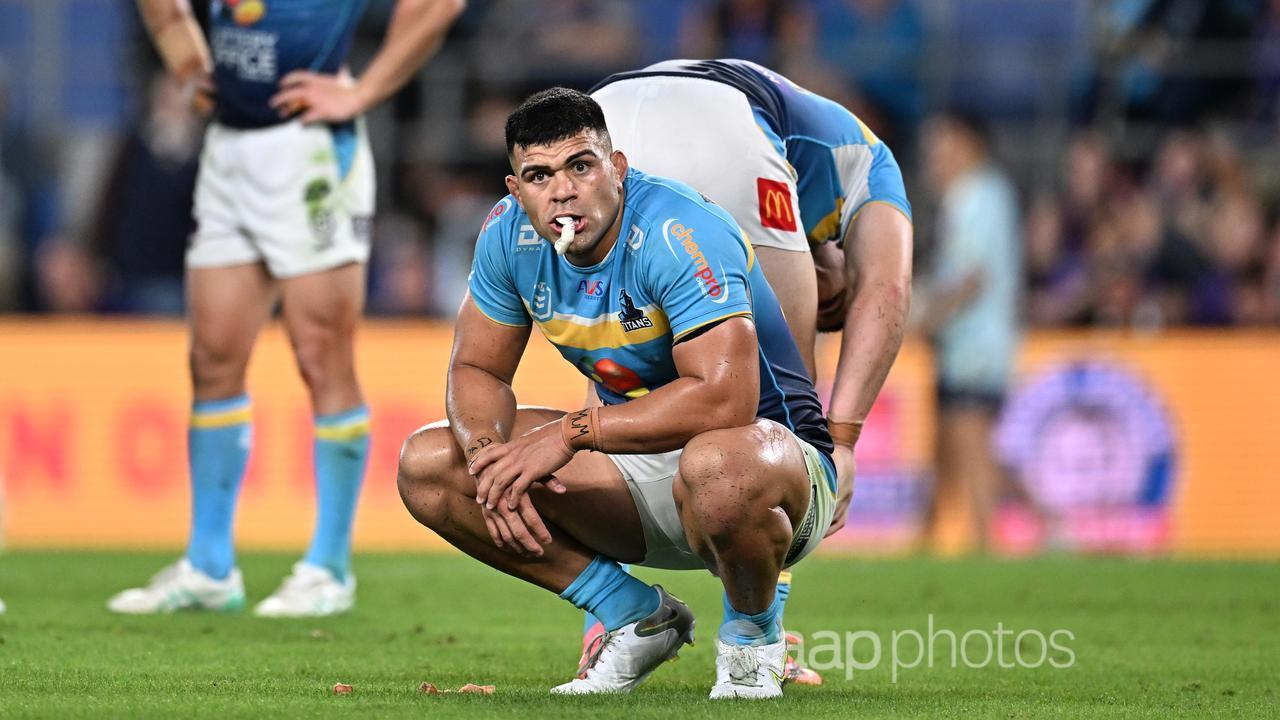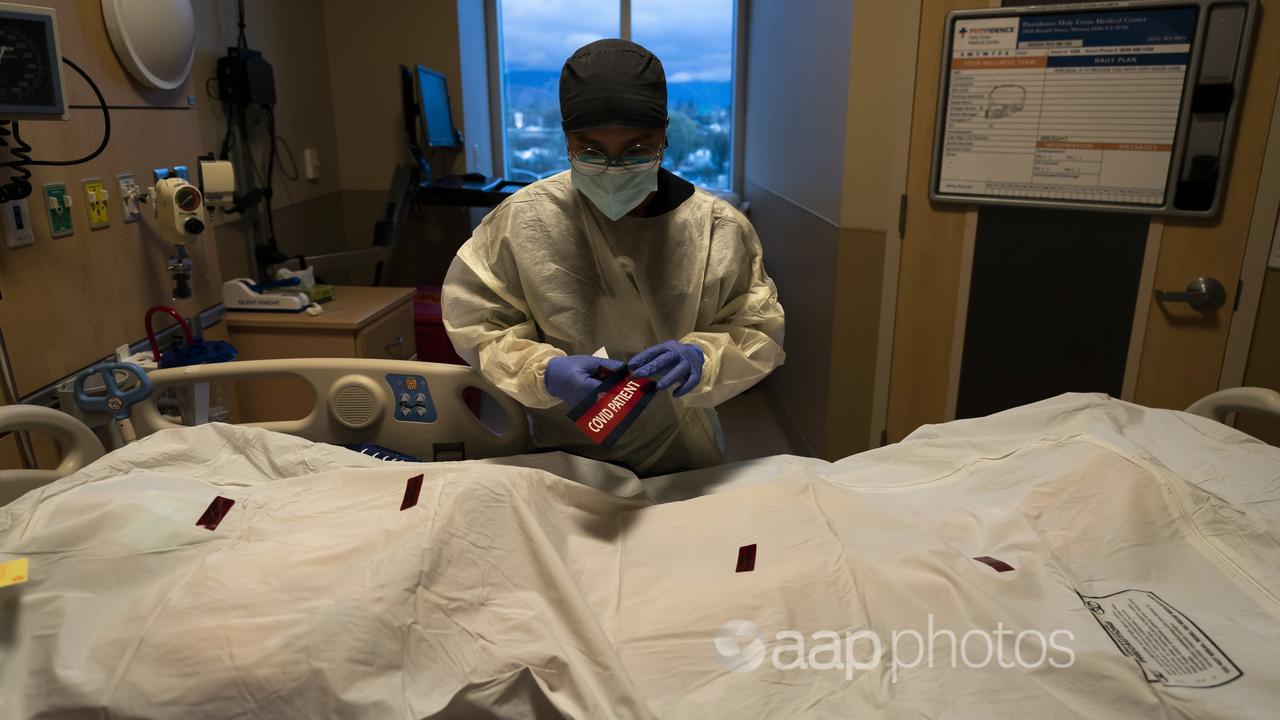The Australian navy will be able to meet challenges this decade, the defence minister says, despite the number of warships falling ahead of a spike in capacity under a major overhaul.
The number of navy warships is set to increase from 11 to 26 by the mid-2040s, with the government putting down $54 billion over the next decade, up $11 billion.
The expanded fleet includes six Hunter-class frigates, six large “optionally crewed” ships, three Hobart-class destroyers and 11 general-purpose frigates.
The Hunter-class order has been slashed from nine to six and the first won’t arrive until the early 2030s.
But the first of the general-purpose frigates is slated to be in Australia’s hands by the end of the decade.
The first three will be built overseas so they’re in the water faster before the rest are built in Perth.
But with the HMAS ANZAC being retired this year and plans to mothball a second ANZAC-class ship in 2026, the navy’s strength will drop before it increases beyond the current capacity early next decade.
This was an unavoidable gap with there being no plans from the previous government to replace any of the ageing ships, Defence Minister Richard Marles said, as he chastised the coalition for leaving more than $25 billion in unfunded projects.
But he expressed confidence in Australia’s ability to tackle current threats as experts warn a conflict with China in the next five years remains possible.
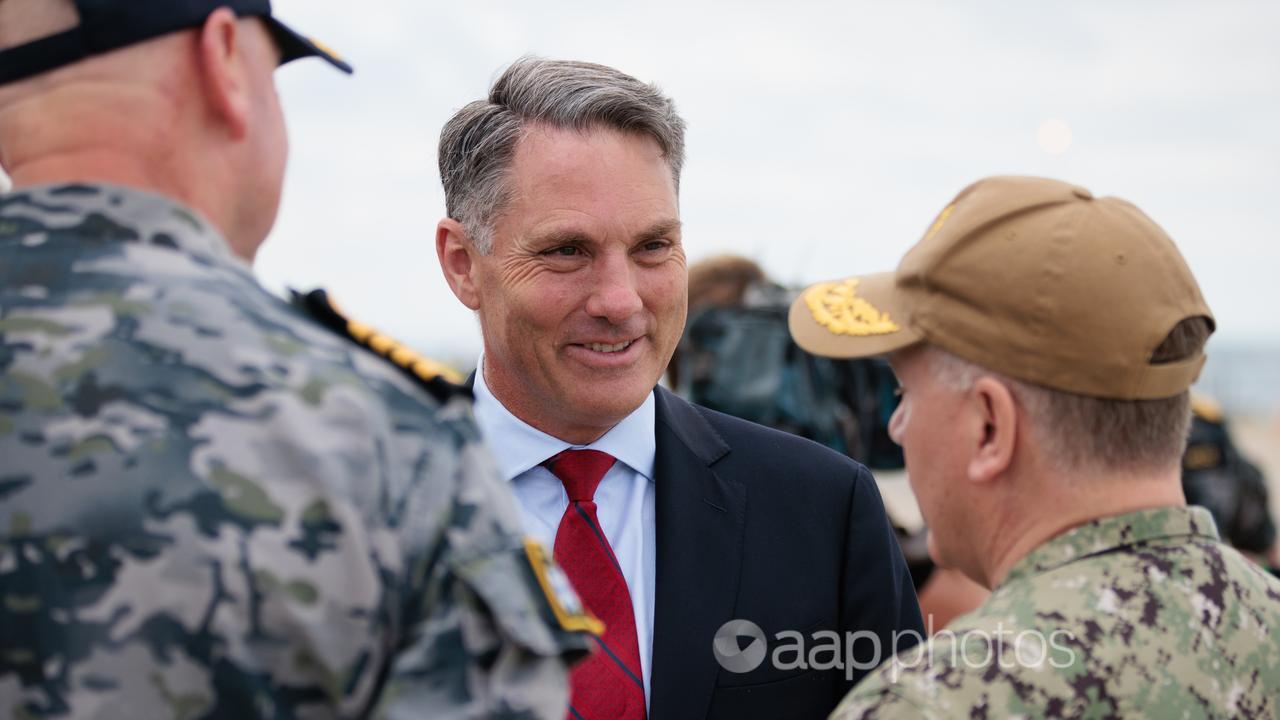
“We have a highly capable defence force and we can be confident that it will enable us to play our part in future contingencies over … the next decade,” he told reporters in Sydney on Tuesday.
The government will not move to extend the life of the ANZACs, saying the new general-purpose frigates would be more lethal and cost effective.
But the ANZAC-class frigates and Hobart-class destroyers will also get a facelift with new anti-ship and long range missiles as the Australian Defence Force looks to project itself deeper into the Pacific.
This includes replacing harpoon anti-ship missiles with naval strike missiles and installing tomahawks for long range.
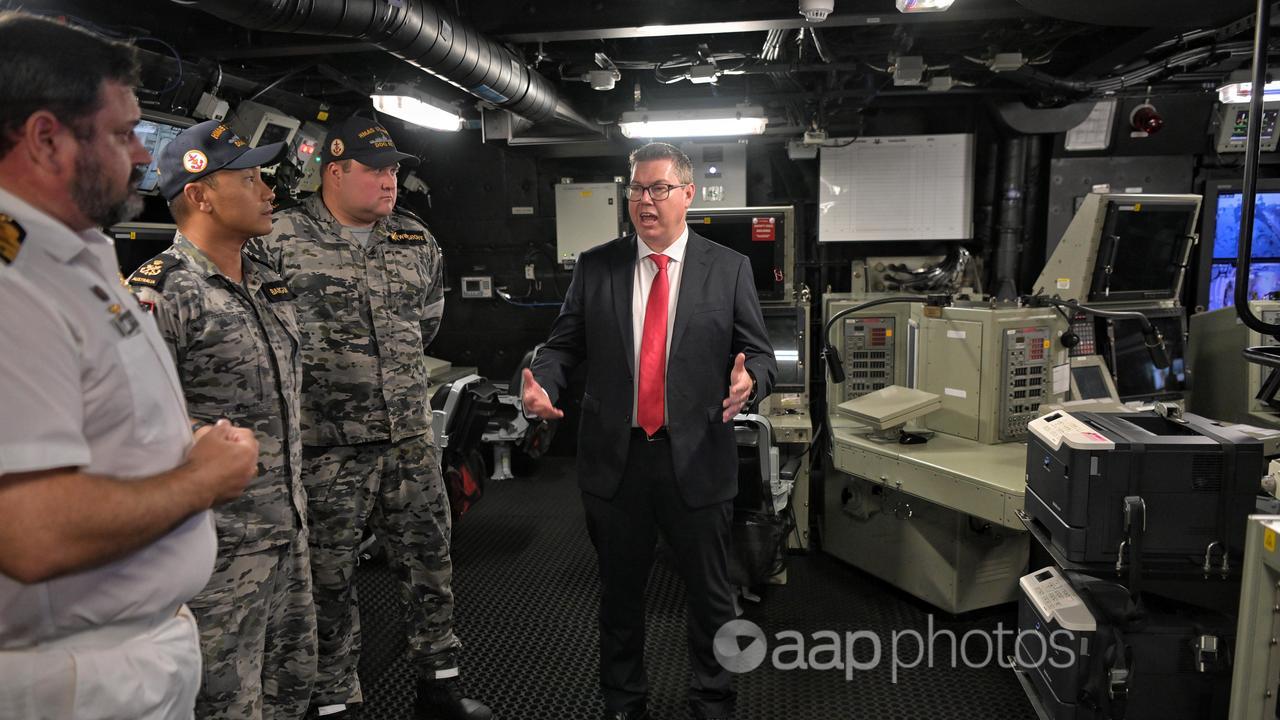
Larger warships will have a combat helicopter and undersea warfare capabilities with sonar and lightweight torpedos.
There will also be a further 25 “minor war vessels”, including 14 for the navy – containing six Arafura-class offshore patrol vessels – and 11 for the Australian Border Force.
The navy chief commended the boost, saying it would be “the largest surface combatant force we’ve operated in generations”.
“It will also be, in time, the most lethal,” Vice Admiral Mark Hammond said.
Opposition defence spokesman Andrew Hastie seized on the navy’s struggle to hire and keep staff, questioning the government’s plan for recruiting extra hands.
“What is their strategy to find and hold talented young Australians to crew both our future submarines and our future fleet,” he told reporters in Perth.
But the vice admiral said he was confident the navy could boost its numbers from 15,000 to 20,000 as the number of people leaving dropped.
The shake up will be underpinned by 3700 jobs in South Australia and Western Australia. It includes the continuation of 2000 jobs in SA and 500 new ones, as well as 1200 new ones in WA.
A major review of the navy’s surface fleet made 18 recommendations and implored the government to move quickly.
“Any delay will exacerbate the risk (and) lead to a level of unbalance,” the review, released on Tuesday, said.
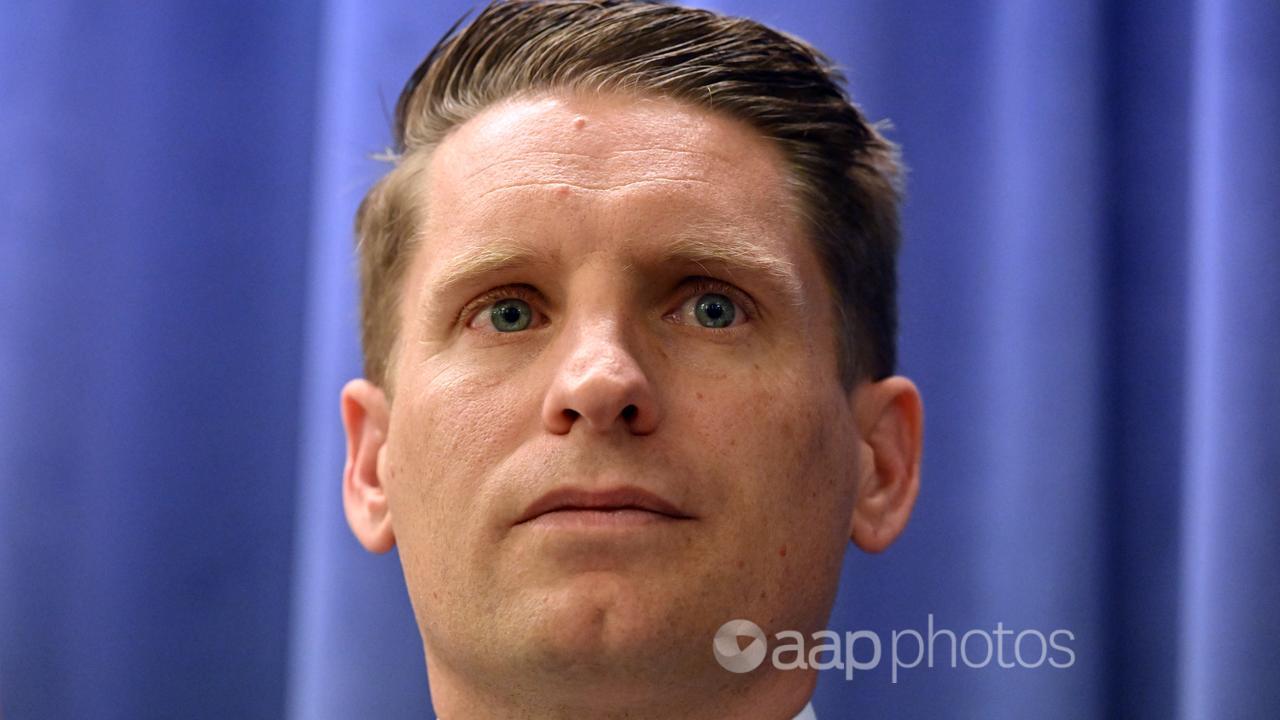
More needed to be done sooner, Mr Hastie said.
“Richard Marles today should be asking himself, what can I fix by 2026?” he said.
A continuous production line of ships will be put in place to ensure there are no gaps in the future.
The cash splash will take the defence spend up to 2.4 per cent of GDP by the early 2030s.

